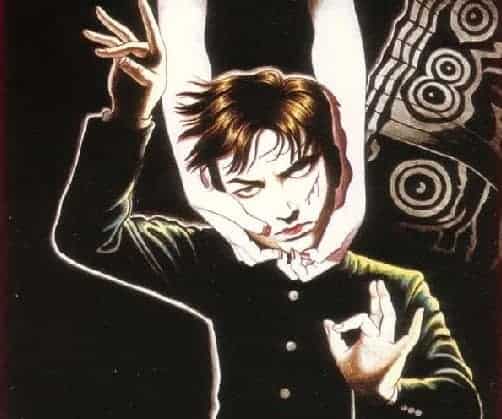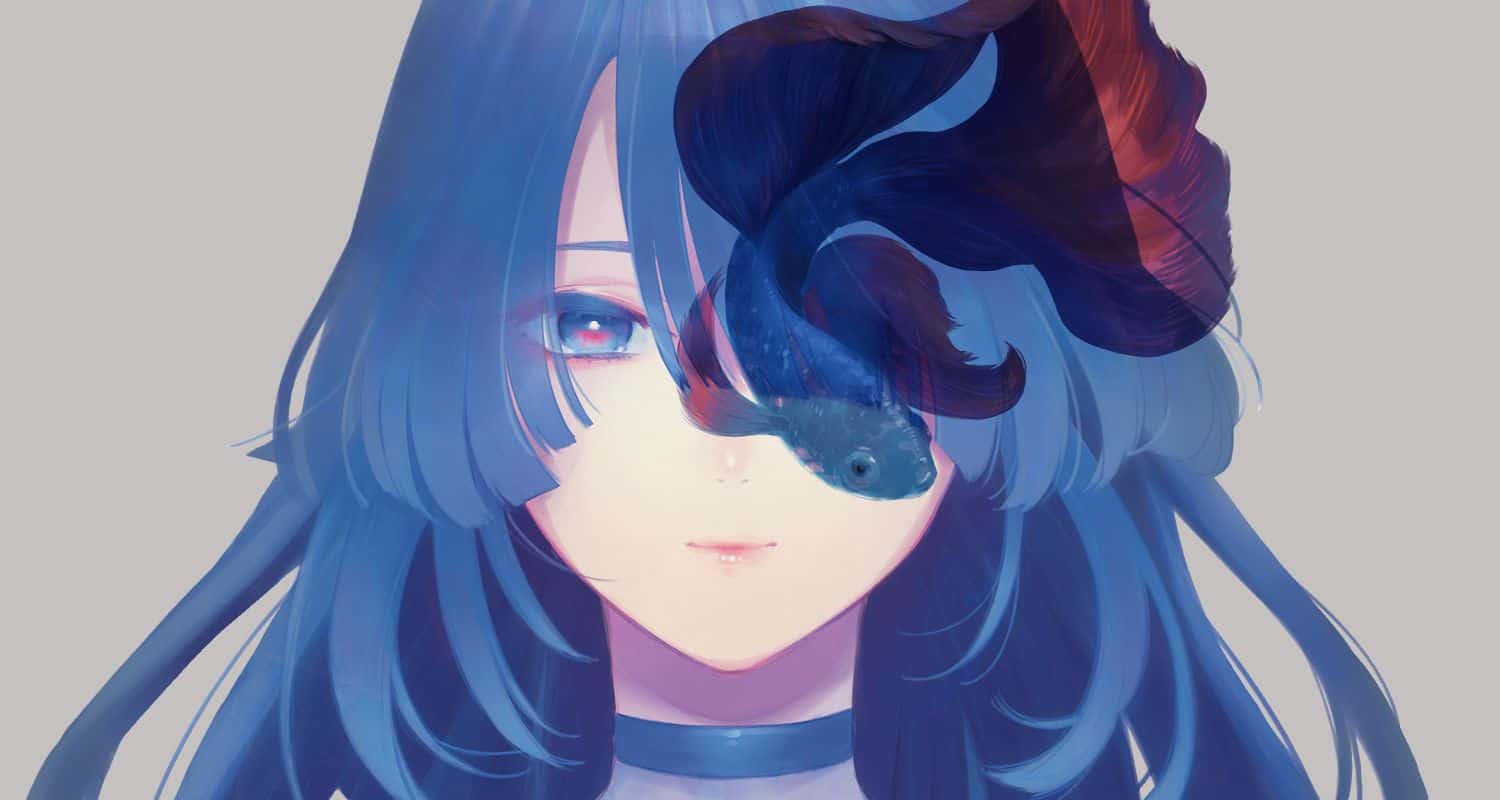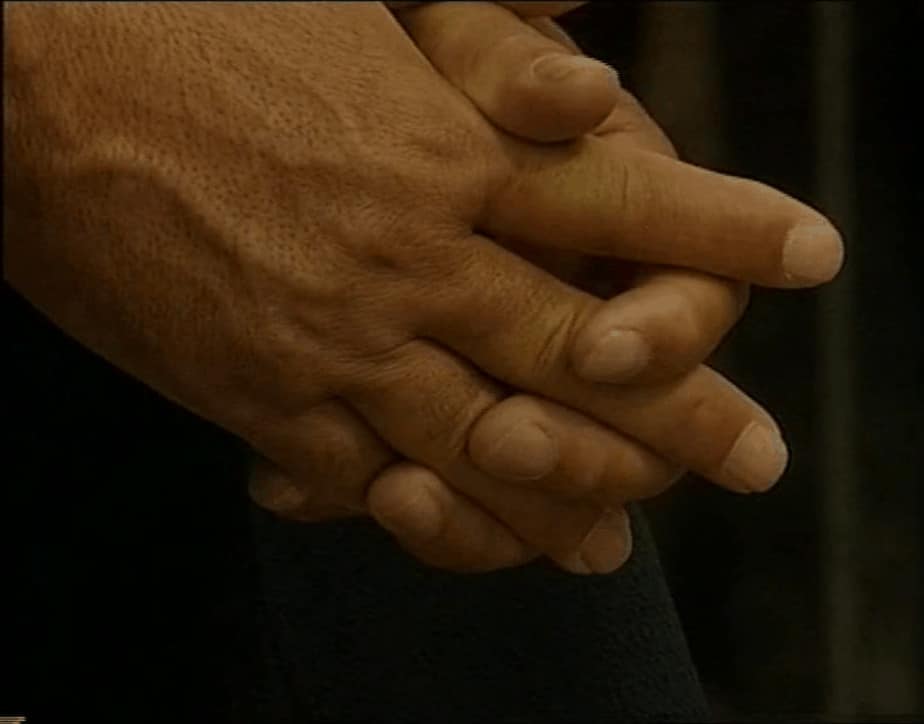A woman with twisted facial features scours the wasteland to rob corpses of valuables, but eventually she is found and murdered and buried. However, the earth rejects her body and she is reborn as a vampire. Centuries later, she comes across a young man she decides to make her apprentice. The two work together to keep a steady flow of victims, and eventually have to face off against other vampires.
The artwork of Maruo is undeniably stunning, and the manga is one of the finer showcase of his work. In particular, the way he catches the motion of character through layering facial features is an intriguing way to capture rapid movement. Many of the panel transitions capture kinetic transitions that are seldom conveyed with such bravado, as in the pages of “The Laughing Vampire”. Maruo has largely become a figure more established by visual aesthetics over storytelling here in the West, with most of his work not being published. This statement can be proven through a simple Google image search which shows very few panels with accompanying text. As unfortunate as this is, it does show the staying power of the manga's visual style which wonderfully merges concepts such as sex, violence, horror, imperialism, pop culture and absurdity. The art in this particular project showcases his ability to merge various inspirations into something so nightmarish and unsettling.
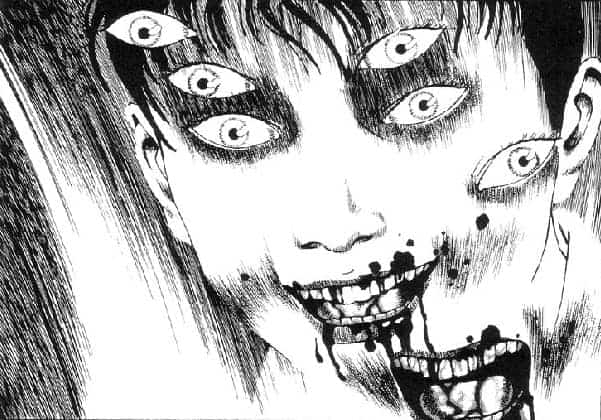
There is a clear distinction in the story from first to second volume, not just thematically but also in flow, with the second half being more sensational in delivery through inclusion of other vampires and newly awakened sexuality, from the protagonist in the first segment. The second segment, although containing more action, falls short in comparison with the narrative strength offered in the first half, wherein one offers a macabre coming of age tale, the other is a full dive into depravity at the hands of determined sadists who have abandoned their last shred of humanity. Fans of horror may find more reason to celebrate the embrace of chaos the later has to offer, but in terms of narrative the opening volume explores more complex issues and struggles.
Suehiro Maruo has been known as a purveyor of graphic and challenging material, being the mind behind the infamous “Mr. Arashi's Amazing Freak Show Circus”, which was adapted into the stomach churning, and infamous anime by Hiroshi Harada, and later adapted to live action by TORICO. The violence that made that story infamous is not as heavily on display here, but it is an intrinsic part of Marou's style, and the amount of sex and violence can still be unsettling to those unfamiliar with the genre of “Ero Guro” and its satirical use of violence to explore the fragility of human nature (Mimicked by his predecessor in Kazuichi Hanawa). The realism in Maruo's illustrations adds to the uneasiness that may be experienced by some readers, and the book should be approached with some caution to the uninitiated in the art form.
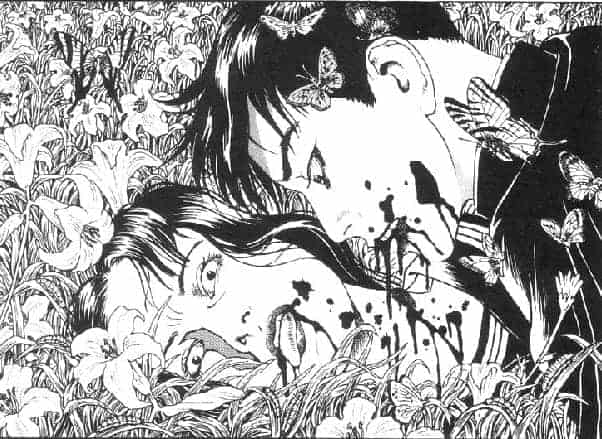
“The Laughing Vampire” is a testament to the visual and narrative prowess of Suehiro Maruo, offering a warped macabre story that draws its audiences in like a car crash. It is gruesome, uncomfortable but also sprinkled with a profoundly beautiful aesthetic that made the mangaka famous for his art pieces. However, to those that are new to the genre of “Ero Guro”, it is important to note that this work contains a lot of overly offensive material that may be hard for the uninitiated to stomach. The content is inherently limiting, but to those outside of the existing fandom, who have an appreciation for horror, erotica, exploitation (genre) and for those able to embrace the absurdity of all, “Laughing Vampire” is a deeply rewarding experience.


